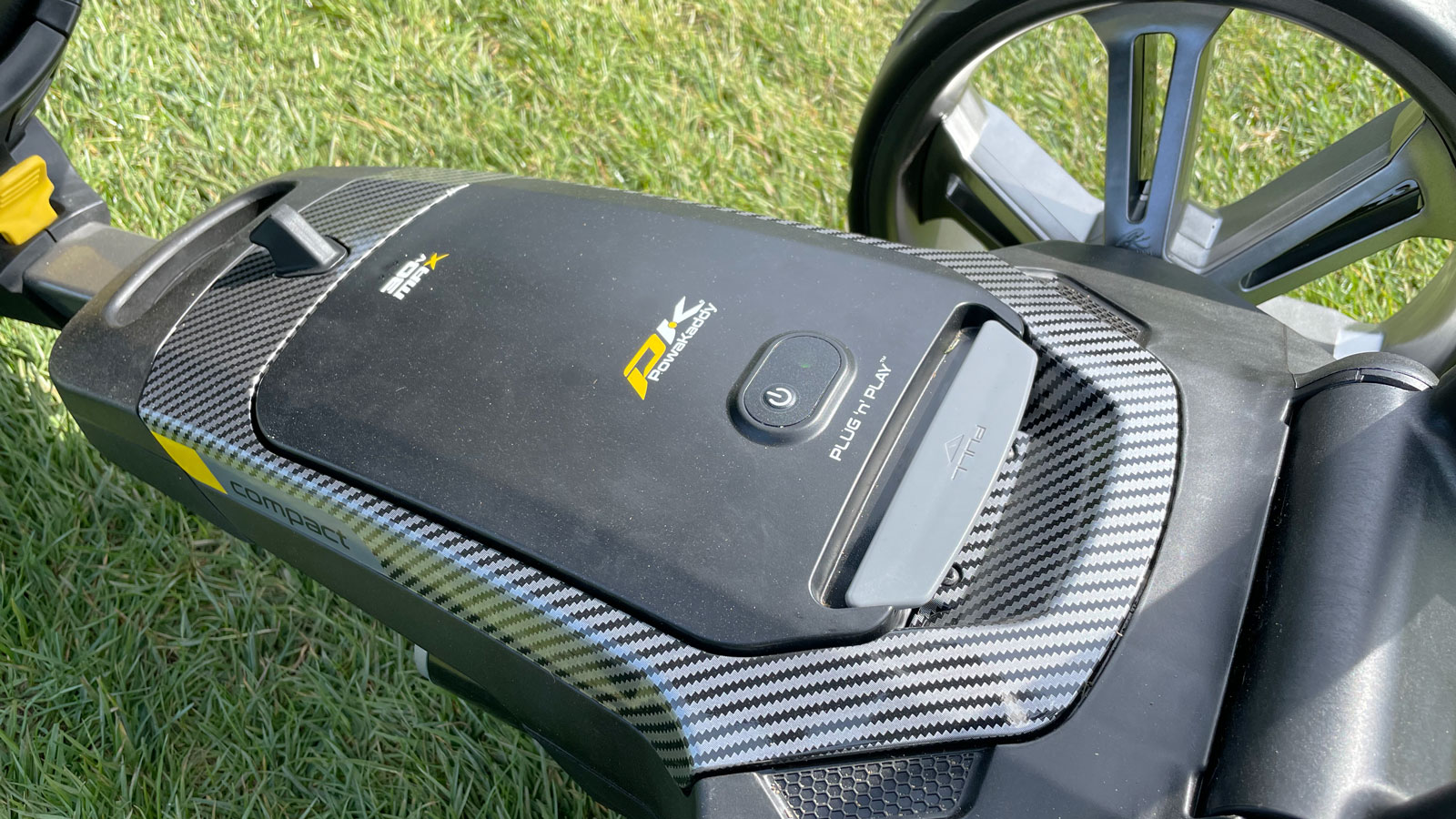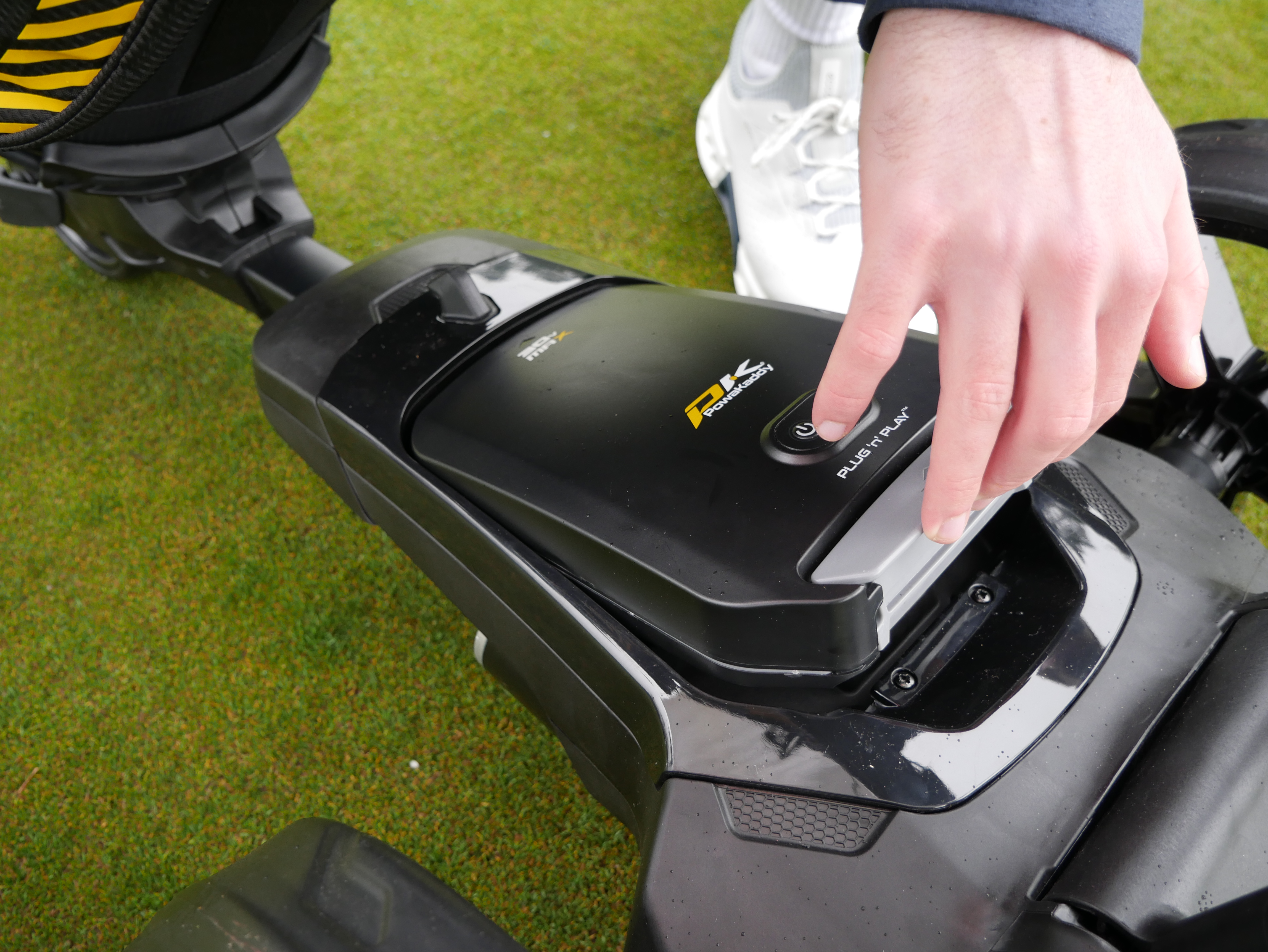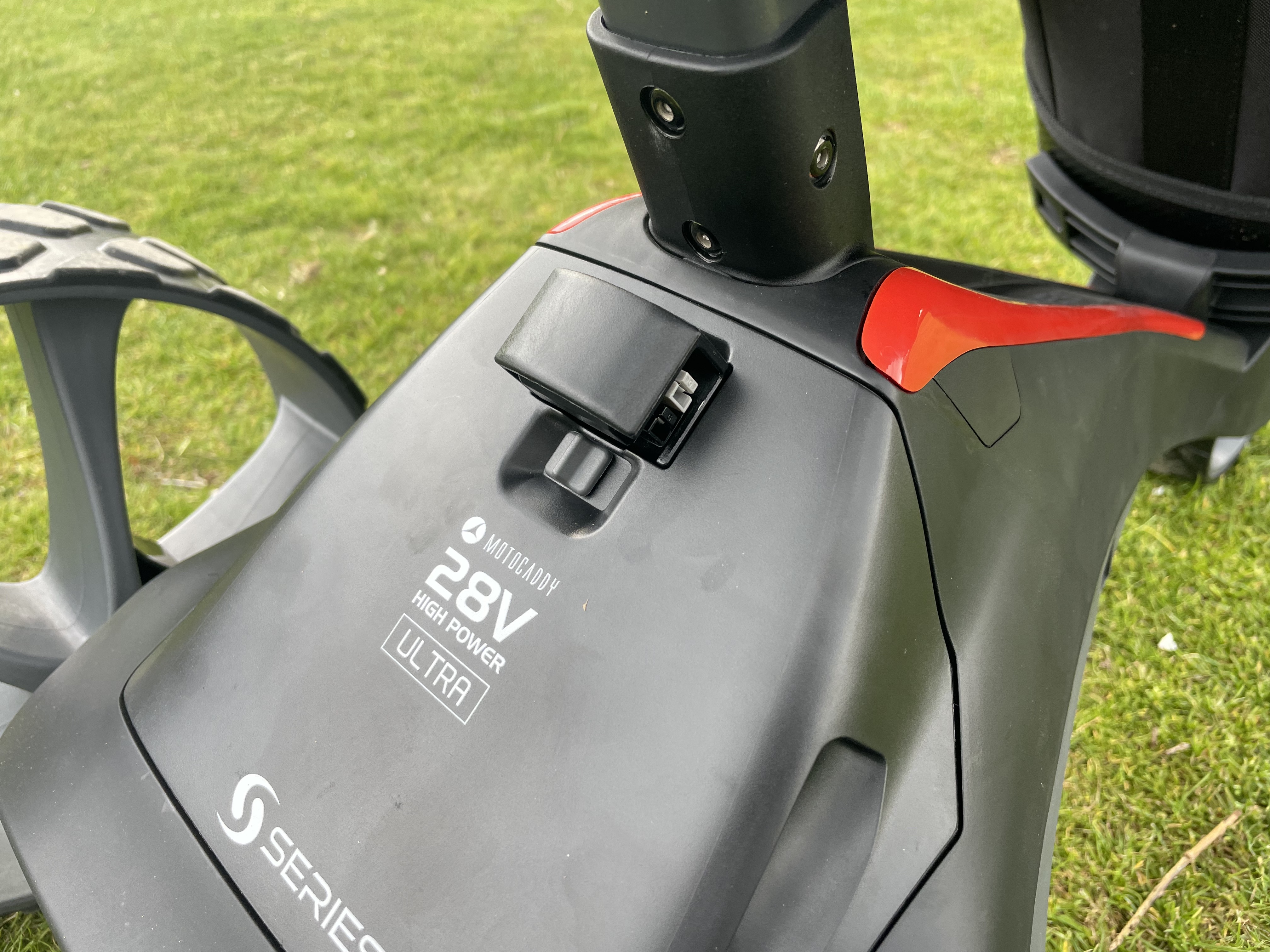How To Make Golf Cart Batteries Last Longer
We take a look at some practical advice from manufacturers on how to make golf cart batteries last longer


How To Make Golf Cart Batteries Last Longer
The current cost of living crisis shouldn't mean we can't enjoy our hobbies to the fullest. While golf can be a notoriously expensive sport, there are lots of ways that we can invest in cheaper equipment and look after the equipment we already have to give it a longer life span.
The best electric golf carts can be one of the most expensive single investments golfers make on product. Indeed, a lot of that investment is because of the rise in use of lithium batteries. However, electric golf carts have a huge advantage over even the best push carts in that they are easier to navigate on the golf course and have added features like GPS navigation built in.
If you already have an electric golf cart - or are looking to invest in one soon - maintaining the lifespan of the battery is one sure fire way to make sure you get the most for your money over a five or even ten year lifespan of a cart. We're going to take a look at the different types of batteries you can get in electric golf carts as well as look at some helpful tips that you can put into practice to keep your battery as healthy as possible.
Lithium or lead-acid batteries?

The lithium battery shown here in a PowaKaddy FX3 is thinner and more lightweight than any lead-acid battery
It's worth mentioning that pretty much all electric golf carts are now using lithium batteries rather than lead-acid batteries. While lithium batteries have contributed to a higher price of golf cart at the point of purchase, they make the electric cart greener and less costly to run over a full lifespan.
The advantages of a lithium battery over lead-acid are fairly extensive. They charge quicker, are more compact, lighter and more reliable than a comparable lead-acid battery. The fact they charge quicker means you'll use significantly less electricity when charging a lithium battery, news that will be welcome to all considering the global spike in energy prices.
Lithium batteries also last significantly longer than lead-acid. While the lifespan of a lead acid battery is around one year, the lifespan of lithium batteries is often at least five years. Lead-acid batteries are much more vulnerable to quick deterioration in changing temperatures, especially during the winter. Lithium batteries do not suffer in changeable temperatures and have been built to last.
Get the Golf Monthly Newsletter
Subscribe to the Golf Monthly newsletter to stay up to date with all the latest tour news, equipment news, reviews, head-to-heads and buyer’s guides from our team of experienced experts.
Most manufacturers that equip electric golf carts with lithium batteries offer significant warranties too, with some offering a five year guarantee on their lithium batteries. In truth, you'll struggle to find many new electric golf carts with lead-acid batteries anymore, such is the dominance in performance and lifespan on the lithium batteries. While an electric golf cart with a lithium battery will likely cost you more upfront, the cost of running them and the lifespan mean they represent much better value for money.
How to maintain good battery health

Motocaddy lithium batteries are built to help you maintain overall health and performance.
So, presuming you are in ownership of a lithium battery on your electric golf cart, let's take a look and some easy and effective ways to prolong the life of your battery. We spoke to both PowaKaddy and Motocaddy - two of the major players in the electric golf cart industry - to see how they recommend prolonging the life of your battery with rules that can be applied to any brand of battery.
One of the main things to remember is to avoid fully discharging the battery on purpose. It's a common misconception that batteries last longer if you run them down and full recharge them, so avoid doing this with your cart battery. The best practice is to charge the battery back to full as soon as you are done using it. Batteries don't lose charge if they are turned off and fully charged, but a partially discharged battery will continue to lose power.
Also, avoid leaving your battery on charge all the time. Motocaddy's lithium batteries and charger are designed to switch off once it is fully charged and it is highly recommended by all brands to not leave lithium batteries charging overnight. If you're not playing golf or using your golf cart for a few weeks, it's also a good idea to charge the battery to full, switch it off, unplug it and leave it while you're not using it. Don't leave the battery uncharged for weeks or months at a time though, as this runs the risk of lowering the battery's potential maximum capacity.
Good battery charging practice will not only allow the battery and cart to last much longer, but you'll also get maximum performance out of it for longer too.

Dan has been with Golf Monthly team since 2021. He graduated with a Masters degree in International Journalism from the University of Sussex and looks after equipment reviews and buying guides, specializing in golf shoe, golf bag, golf cart and apparel reviews. Dan has now tested and reviewed over 30 pairs of golf shoes and is an expert in the field. A left-handed golfer, his handicap index is currently 6.5 and he plays at Fulford Heath Golf Club in the West Midlands.
Dan's current clubs:
Driver: Ping G440 Max 9°
Fairway: Ping G440 Max 15°, Ping G425 Max 20.5°
Irons: Cobra King Tec Utility, Ping i230 (5-PW)
Wedges: Ping Glide Forged Pro
Putter: TaylorMade Spider Tour X
Ball: Titleist Pro V1
-
 Volvo China Open 2025 Picks, Odds And Predictions
Volvo China Open 2025 Picks, Odds And PredictionsFollowing a break for The Masters, the DP World Tour returns for the final two weeks of its Asian Swing and the Volvo China Open is the penultimate event
By Jonny Leighfield
-
 Rory McIlroy's Sports Psychologist Explains Why He 'Didn't Talk' To Bryson DeChambeau In Masters Final Round
Rory McIlroy's Sports Psychologist Explains Why He 'Didn't Talk' To Bryson DeChambeau In Masters Final RoundDeChambeau raised eyebrows at Augusta National when claiming that McIlroy wouldn't engage in conversation during the final round of The Masters
By Jonny Leighfield
-
 7 Ways To Play Better Without Spending Money
7 Ways To Play Better Without Spending MoneyGetting better at golf doesn't have to be as expensive as you might think...
By Andrew Wright
-
 How To Pay Less For Your Next Set Of Irons
How To Pay Less For Your Next Set Of IronsIrons are an expensive investment, but there's plenty of ways to pay less for your next set...
By Dan Parker
-
 How To Make Your Golf Shoes Last Longer
How To Make Your Golf Shoes Last LongerHere are some top tips on how to get the most out of your latest pair of golf shoes
By Dan Parker
-
 “I've Always Played A Premium Ball But Now I've Decided To Switch... Here's Why"
“I've Always Played A Premium Ball But Now I've Decided To Switch... Here's Why"Longstanding contributor, Jeremy Ellwood, explains why he's moved away from playing the premium balls he'd always relied on
By Jeremy Ellwood
-
 15 Easy Ways To Make Golf More Affordable
15 Easy Ways To Make Golf More AffordableGolf is an expensive endeavor but there are ways you can save money when it comes to every aspect of your game that will add up in a big way over time
By Chris Wallace
-
 20 Best Cheap Golf Products
20 Best Cheap Golf ProductsOur picks for quality golf products that will help you play better golf and save money in the process
By Chris Wallace
-
 Where To Spend And Save Money On Golf Gear
Where To Spend And Save Money On Golf GearJoel Tadman and Dan Parker give their thoughts on where to spend and where to save money on new golf gear
By Joel Tadman
-
 How Often Should You Upgrade Your Driver?
How Often Should You Upgrade Your Driver?In this video, Neil Tappin and Joel Tadman ask how often should you upgrade your driver?
By Neil Tappin